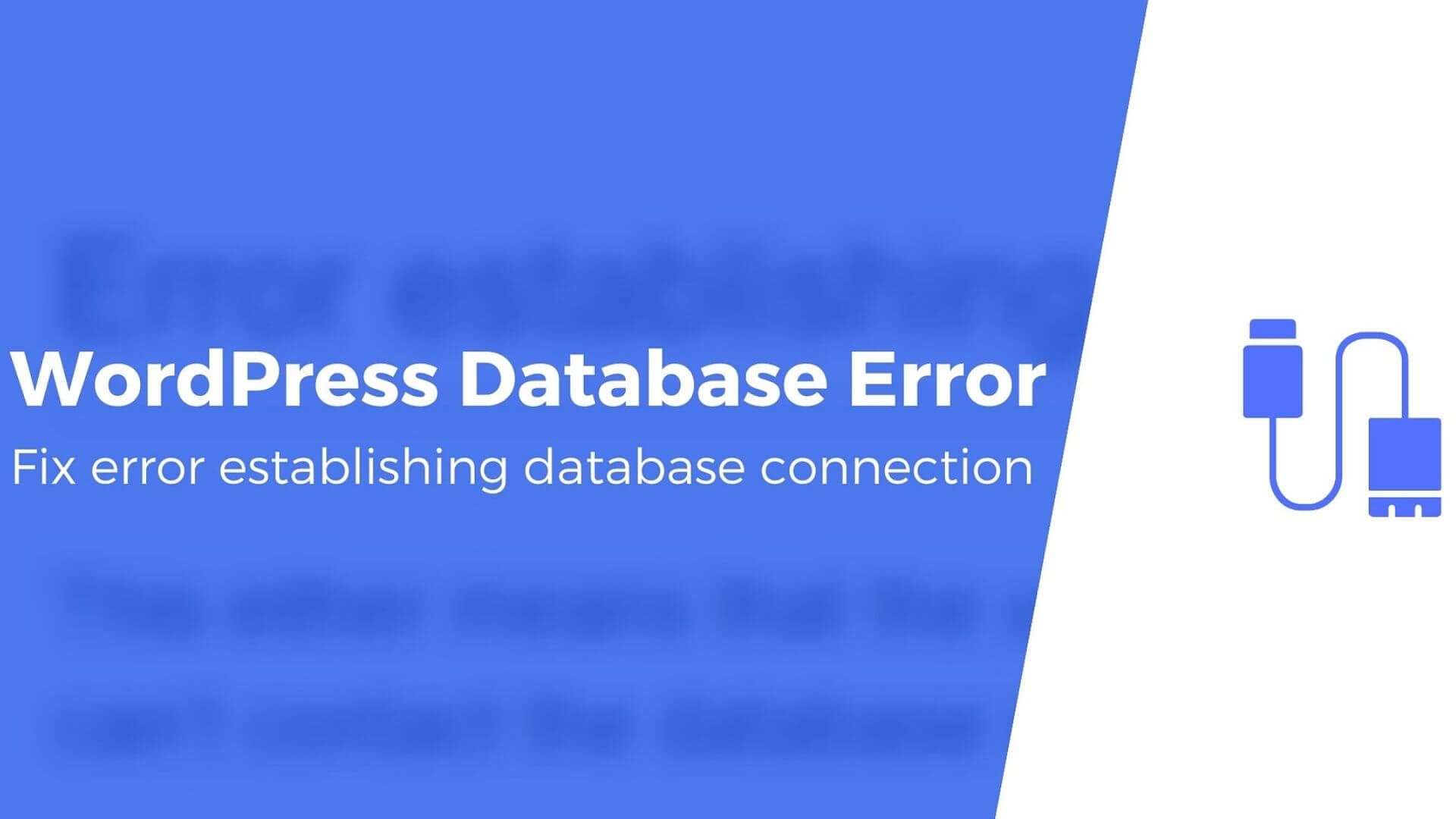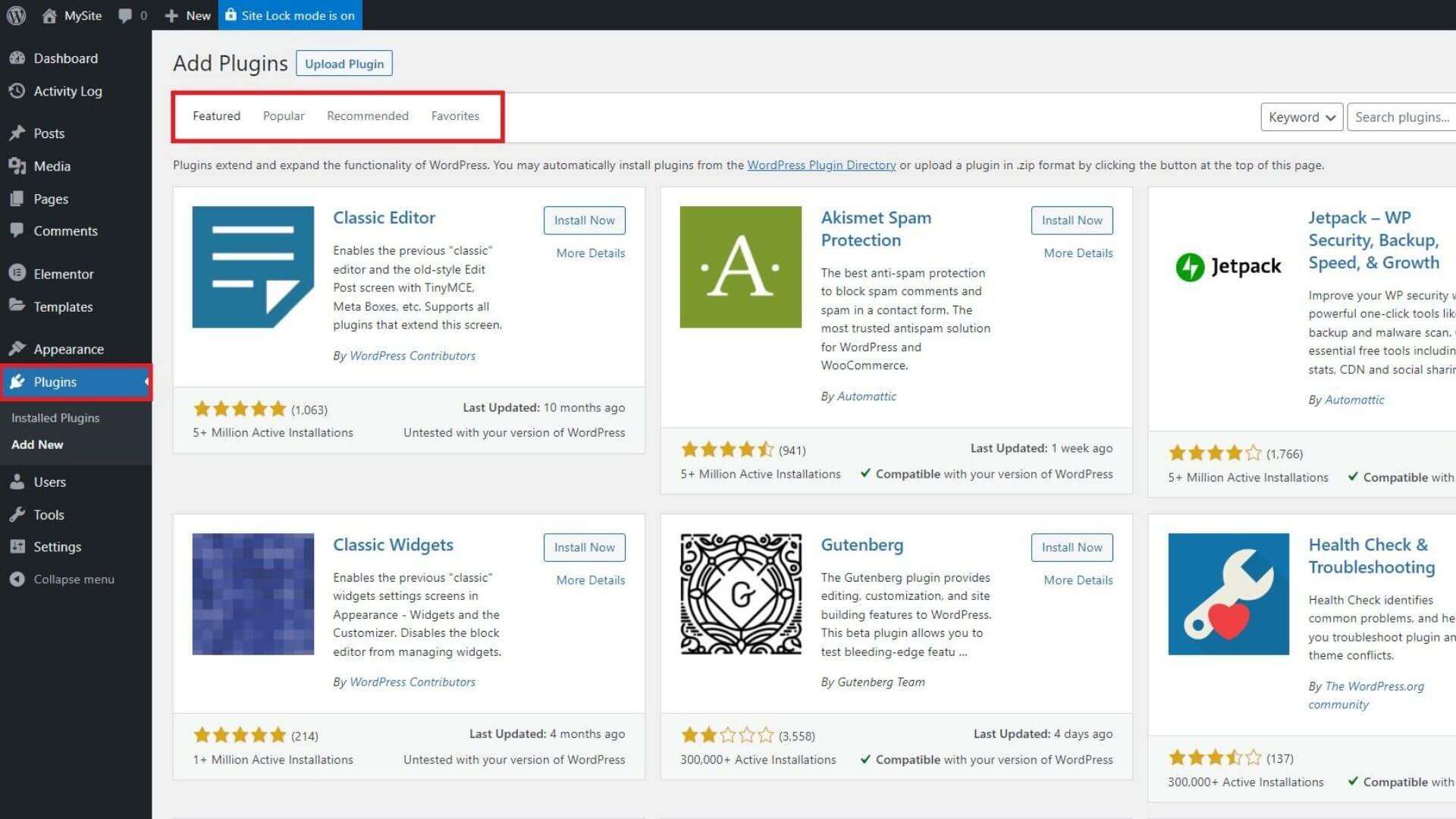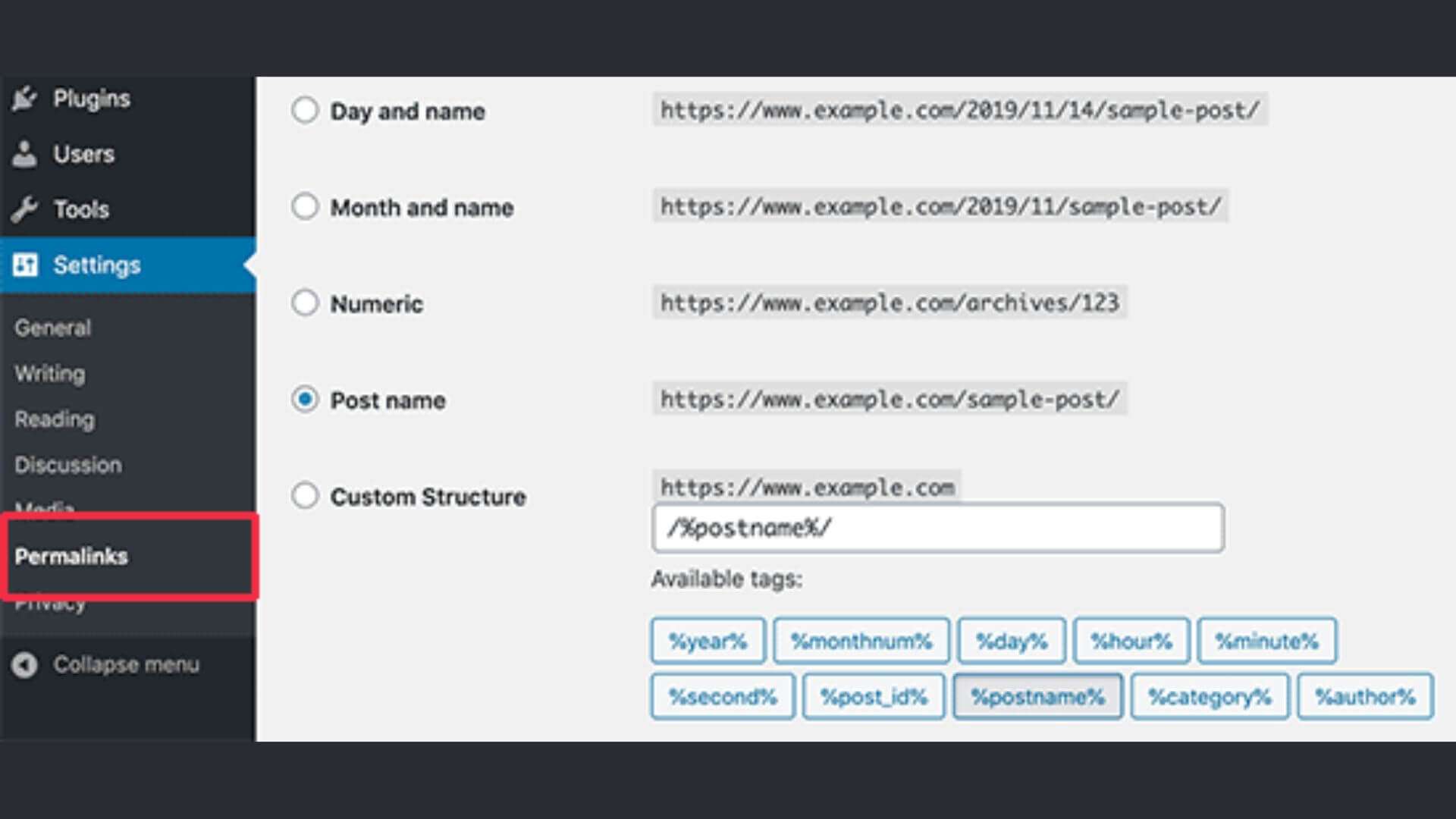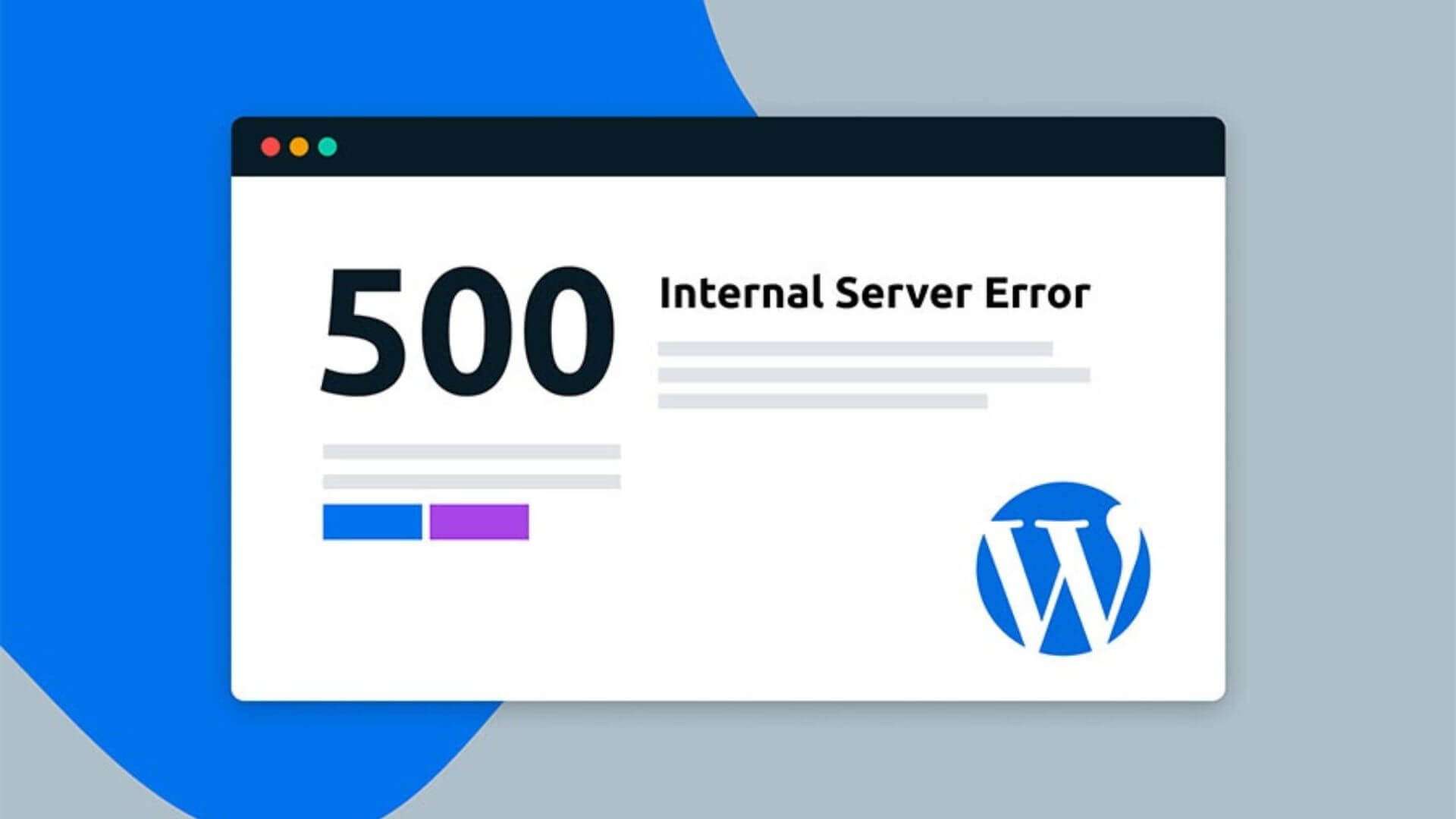How improve customer relations is the main task that more and more modern companies want to solve. After all, their income depends on the level of Customer Experience (CX), and whether the client will return to buy the product again, whether he will recommend your company to his friends and family. In a previous article, we talked about insights to improve CX. Here we will share important information about what metrics can be used to “calculate” the level of customer happiness.
Don’t confuse a happy customer with one that comes back to you, as they don’t think they have any other option.
Take care of the client’s happiness. Happy customers don’t just bring profit, they increase it, help the company grow, and become a leader in its industry.
1. Engagement is the main promotion metric
If you think that the more followers your company has on social media, the more people reach your posts or stories, then forget it. The concept of engagement includes a set of actions with content over a certain period.
The engagement metric is a promotion metric that will give you a number indicating the number of user reactions to the content. Engagement allows you to evaluate individual publications and entire sections of content. This metric is measured using the Engagement Rate (ER).
ER refers to the entire set of user reactions in relation to one post (article, etc.) per individual user or period of time. Engagement is measured using metrics:
- Likes and shares are indicators of the popularity of content in social networks, confirming its virality. Shares are more important, as users confirm the content is interesting to them and increase coverage
- Mentions – mentioning your company in social networks and other resources. It is important to monitor the quality of content, its mood and work out the negative in time
- Comments – Indicate good engagement rates, as the user spent time commenting.
The engagement index can be calculated using the formulas:
The formulas will change depending on the content type.
2. CSAT to measure satisfaction with a purchase/service.
It is impossible to properly measure customer experience without taking into account customer satisfaction with your services and products. Customer satisfaction can be measured using the Customer Satisfaction Score (CSAT, Customer Satisfaction Index). For businesses, it is very relevant to measure CSAT and improve this indicator on the way to purchase.
CSAT is one of the most popular indicators, a popular CX metric that can be used to evaluate the quality of the product and service of any business. It includes Product Satisfaction (NPS) and User Experience (CES) metrics. For this metric, user surveys are used:
- Here and now – immediately after he has completed the target action, the question is asked whether the user is satisfied. For example, whether the user liked how the order is placed, etc.;
- Delayed – after some time (annually or quarterly), survey users in order to constantly monitor the satisfaction of respondents.
CSAT is measured by answering the questions: “Rate the services of company X products ? / Rate the convenience of a certain scenario of company X ?” Instead of numbers, the user selects a certain number of stars or the corresponding emoji.
Important! Do not confuse the arithmetic mean of all scores with the CSAT score.
“Normal” is considered a satisfaction rate equal to or higher than 76.5%.
3. Contact Rate – the number of calls to the contact center per order
You can determine the proportion of “calling” customers and analyze the dynamics of incoming calls using the Contact Rate metric. It shows how many customers apply to the contact center, and do not visit the office, or outlet or solve their problems using an Internet resource.
4. Retention and churn rates
Using the Customer retention rate metric, you can calculate the number of users who continue to use a service product after a certain period of time. By determining the number of loyal customers, you can analyze the results of your retention campaign. The metric is used by businesses that are based on repeat sales.
Customer churn rate (churn rate) is the opposite metric of Customer retention rate, with which you can determine the churn of customers. The lower this indicator, the more customers the business needs to work with and keep them. In the first months, the churn rate is the highest, and then you can even out it for 4-5 months, using all possible methods to ensure a high-quality user experience.
To see the full picture of customer churn using these general formulas, you need to segment customers and calculate churn separately for each segment.
5. Referral rate to measure the effectiveness of a referral campaign
“ …Depending on specific methods, the system can be implemented at very low cost or even free of charge. With the right approach, of course, there is always some investment required, but compared to traditional advertising spend, referral marketing provides the most effective return on time and money. »
John Yanch
Trust in the company, and increasing brand loyalty are more effective tools for attracting customers than advertising because it is not always perceived as a reliable source. People are more likely to trust the information they receive from other people. This is the benefit of referral marketing, which promotes services and products through referrals from real people.
The participant who spoke about the brand and attracted new customers receives bonuses or additional discounts from the company for this. To measure the effectiveness of the referral program, the following metrics are used:
- Virality – how many customers came from one recommendation. Tracked using any analytics system. The best result is when the coefficient is above 1.
- Conversion- the number of purchases in relation to the visitors brought. A good conversion rate is considered to be above 20%.
- The number of users who came on the recommendation – allows you to evaluate the effectiveness of sites and customer interest.
Relevant to referral programs is the well-known Pareto law, when only 20% of the participants in the referral program bring 80% of everything traffic. An effective referral program will be when you:
- Present information in an accessible way;
- Use a two-way referral marketing model
- Bind the client to the company, offering him additional discounts, promotions, accumulative bonus programs, etc.
By controlling these metrics and promoting systems, you can increase the number of customers.
Findings
There are many frameworks and metrics that allow the marketer to draw qualitative conclusions for further improvement of the company. They allow you to determine whether you are moving in the right direction and set deadlines for achieving your goals. The metric is a coordinate system that brings clarity to the workflow. The selection of key metrics and their improvement is the main criterion for the effective work of the team.
In this article, we talked about the main metrics with which you can evaluate the result of your work. If you care about the feelings of the buyer, and you need them if you want to increase profits, then you need to forget about site traffic indicators, the number of customers, the size of the basket, and the conversion rate. Since these indicators characterize your business, not customers.






